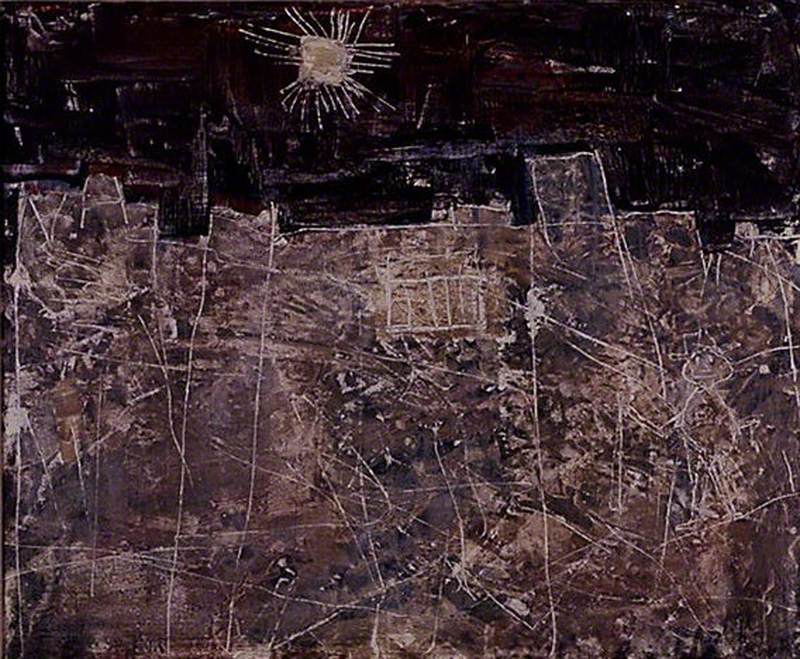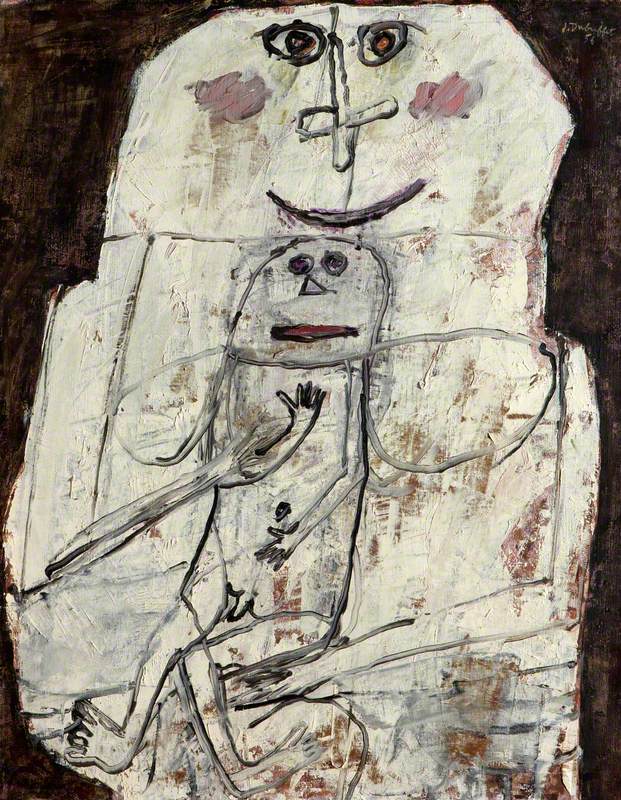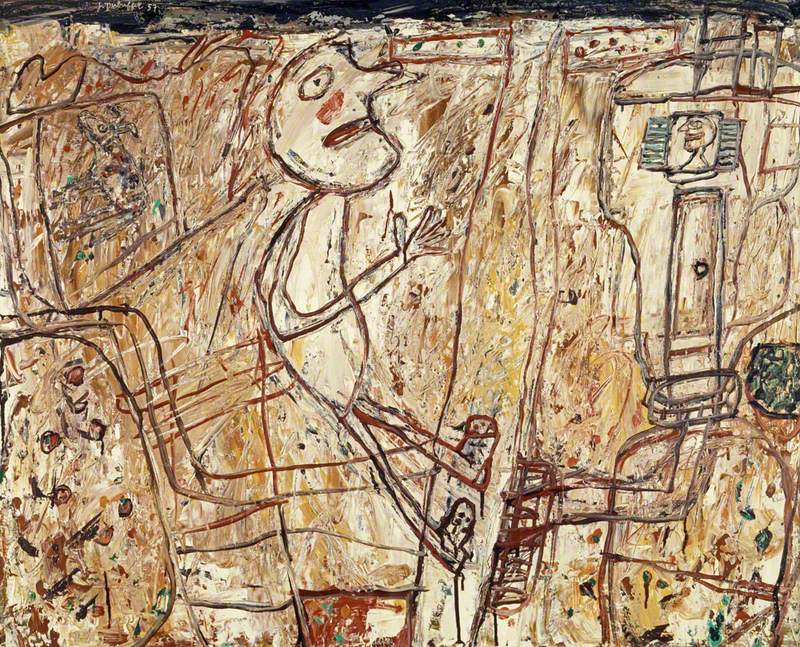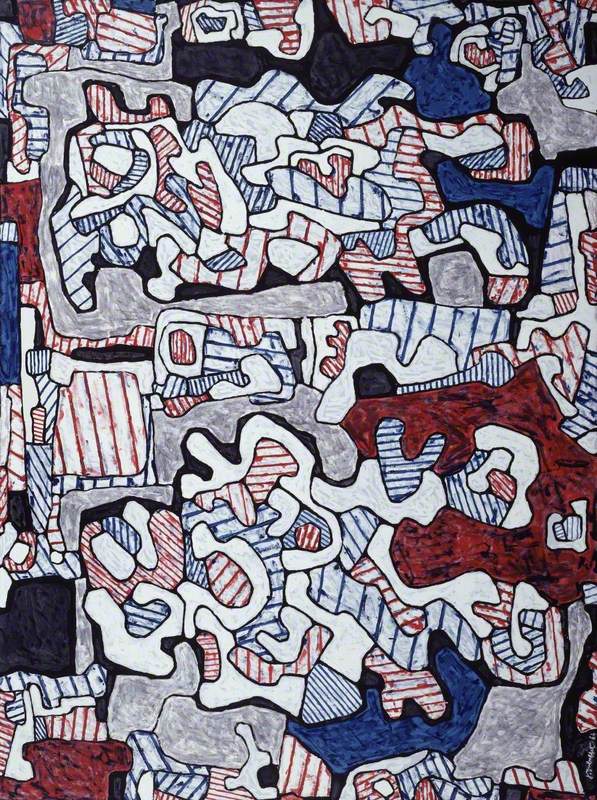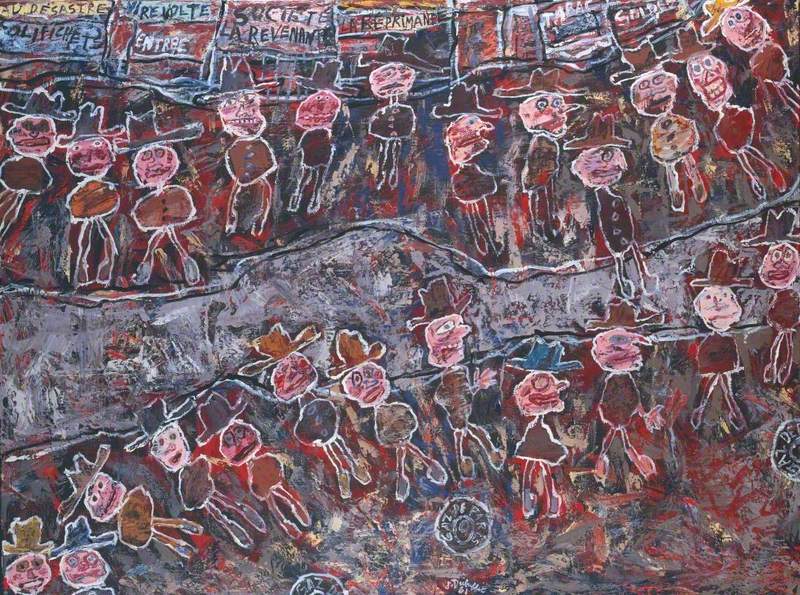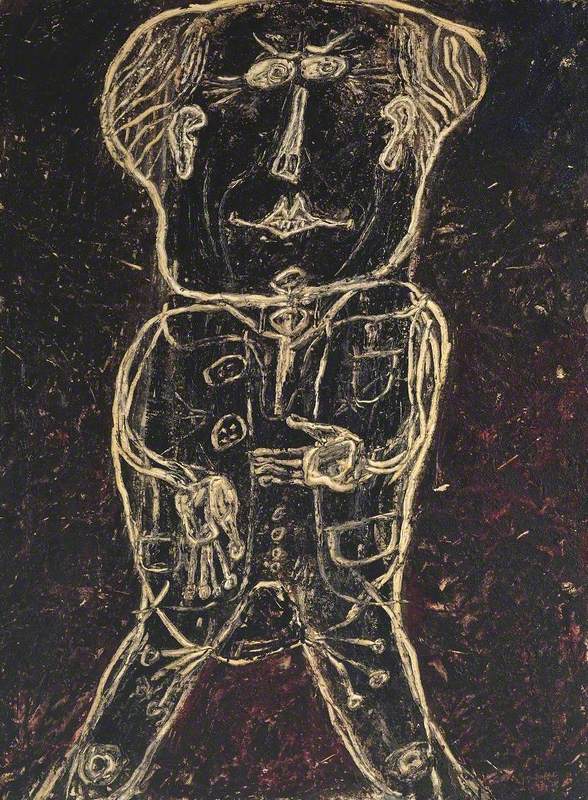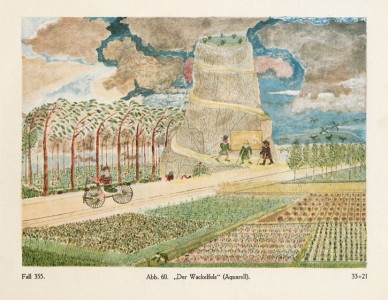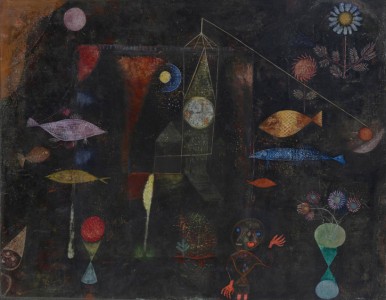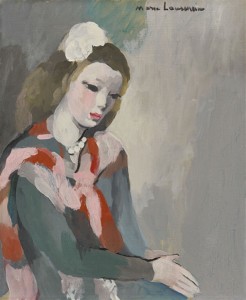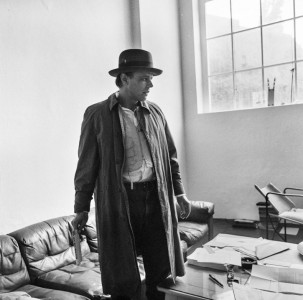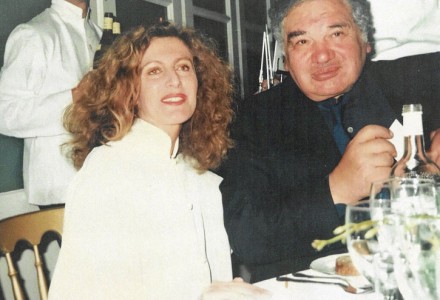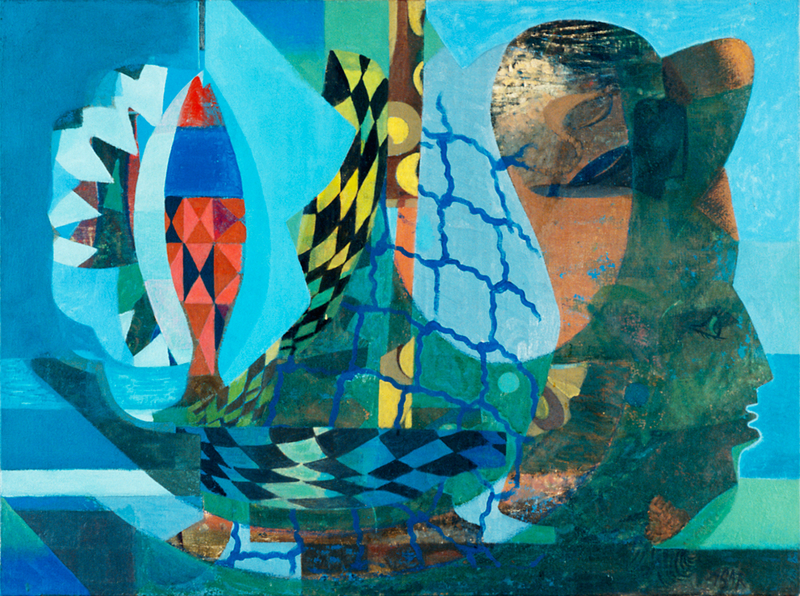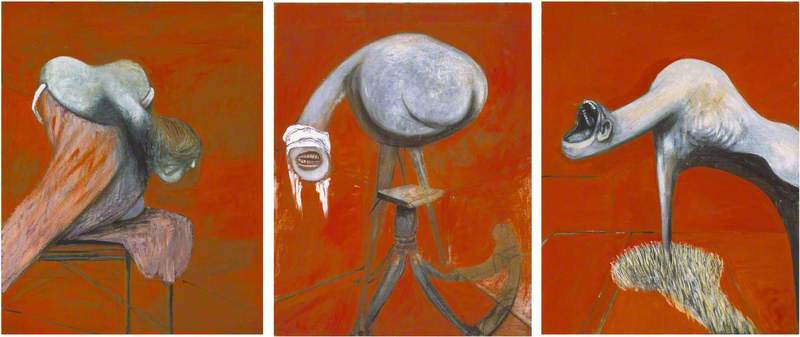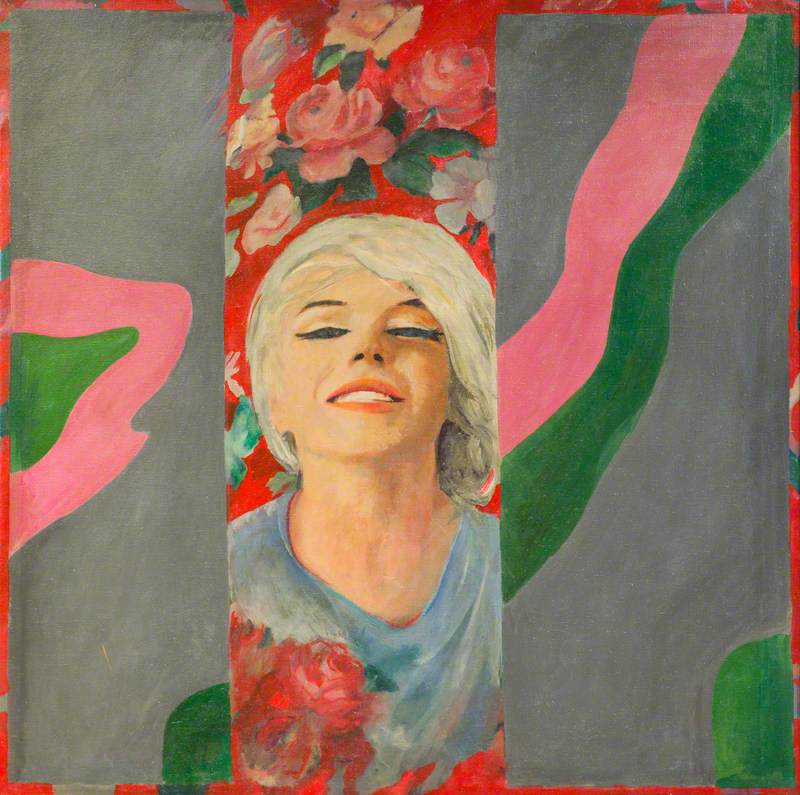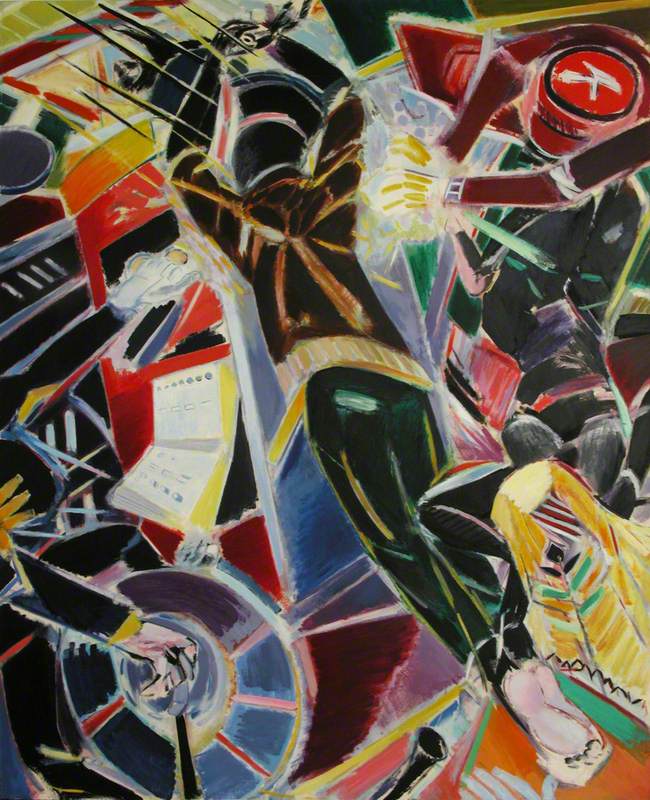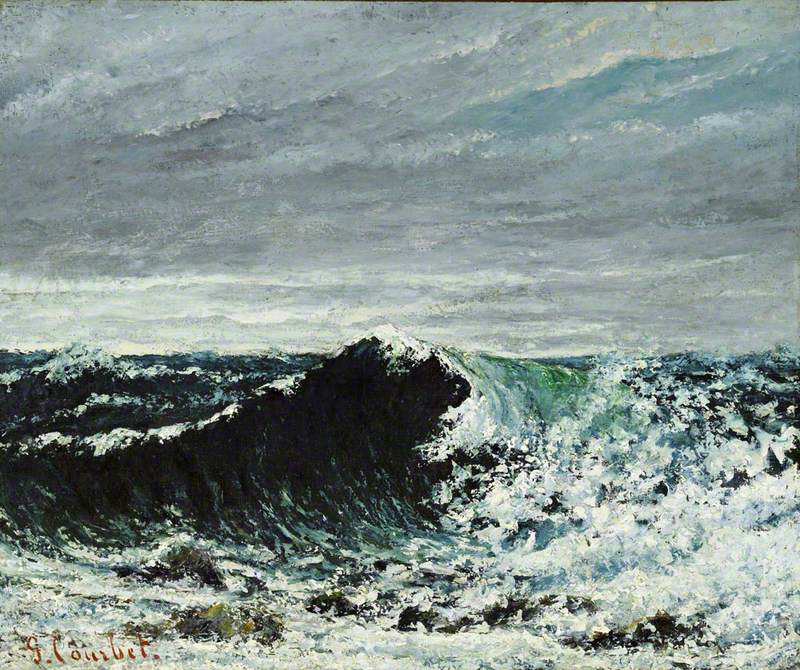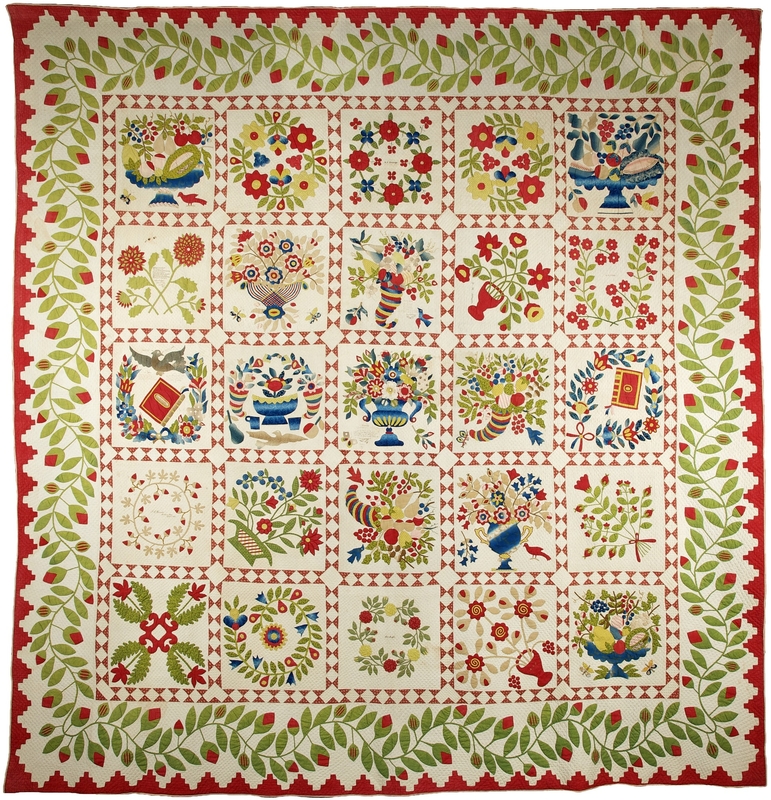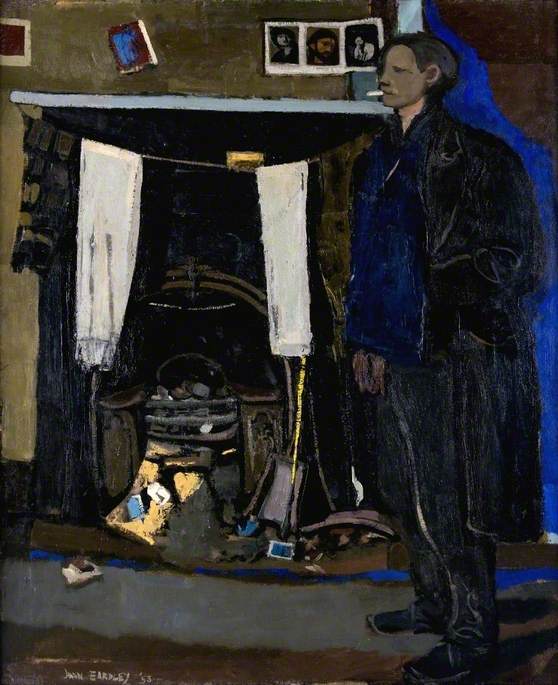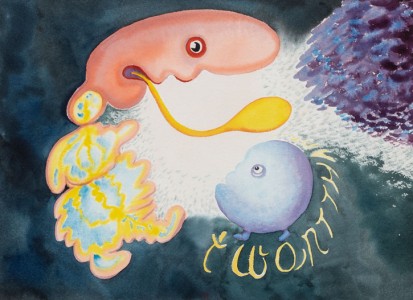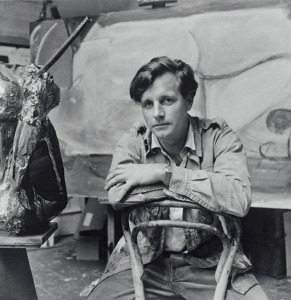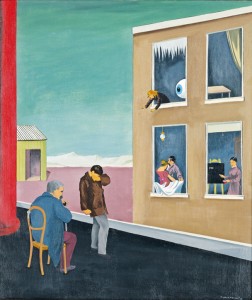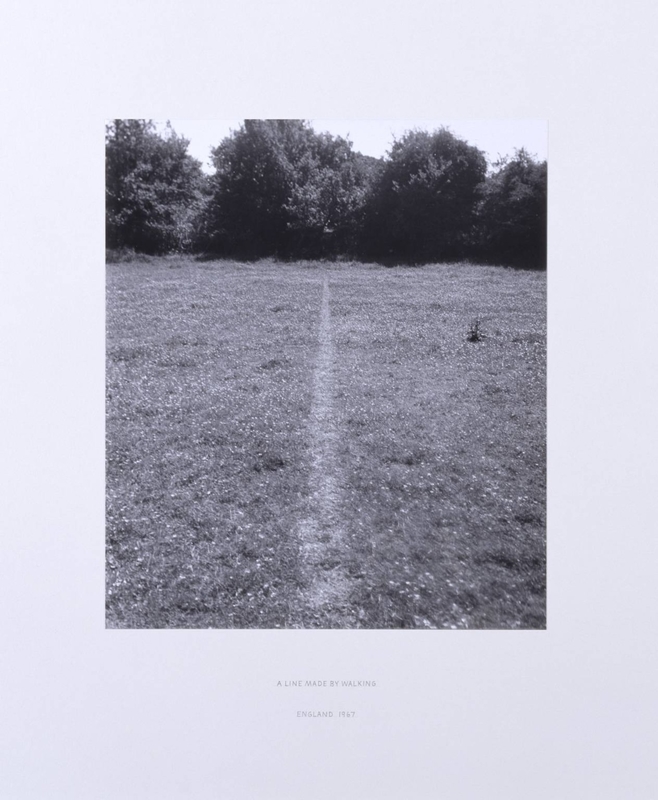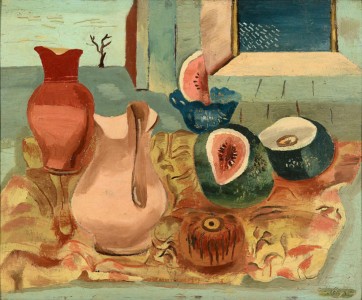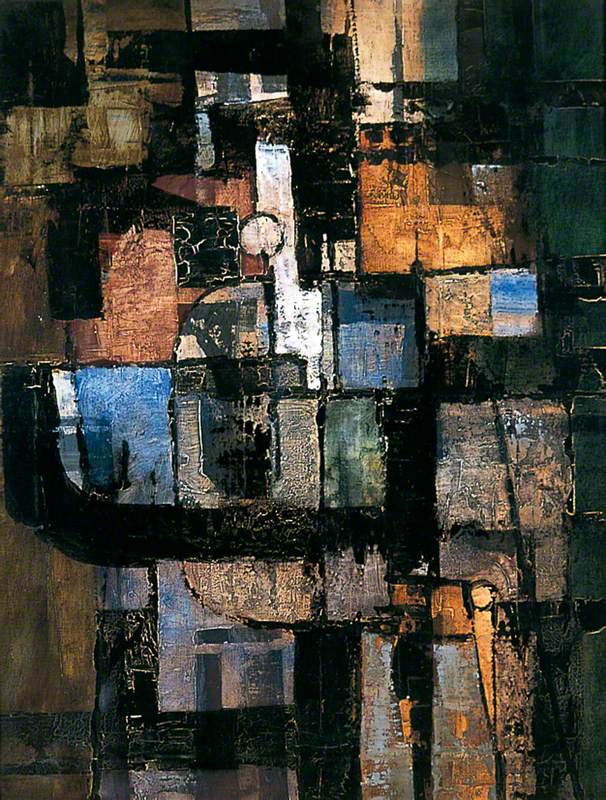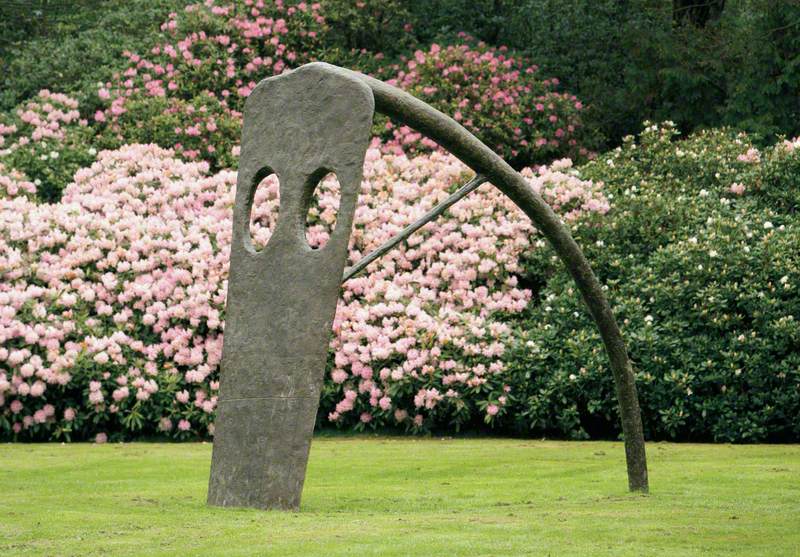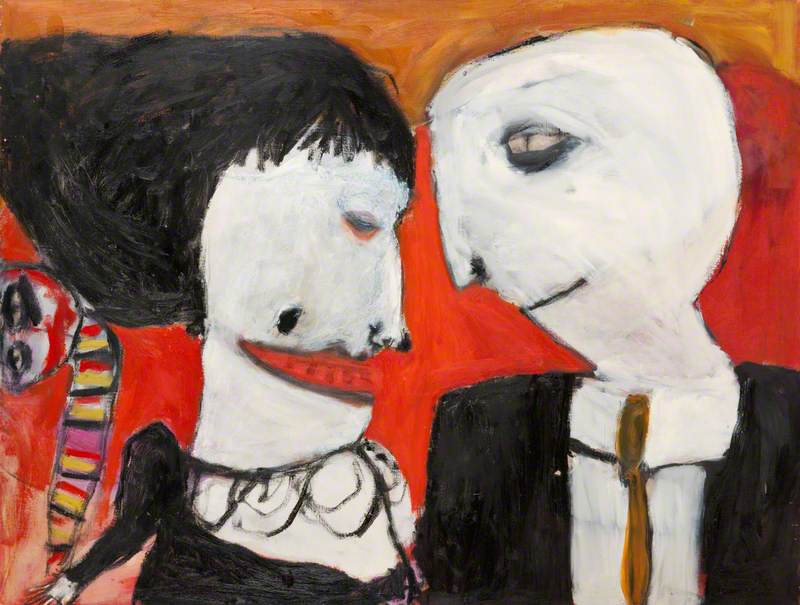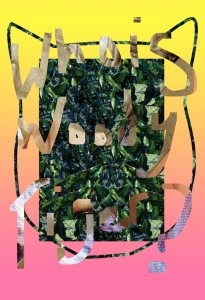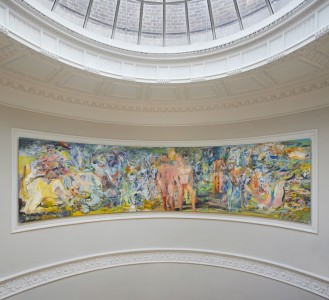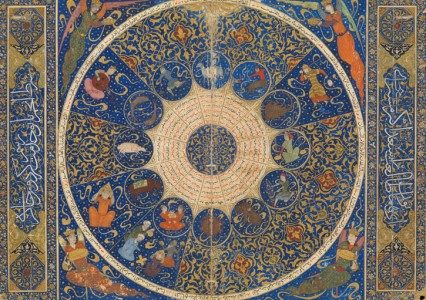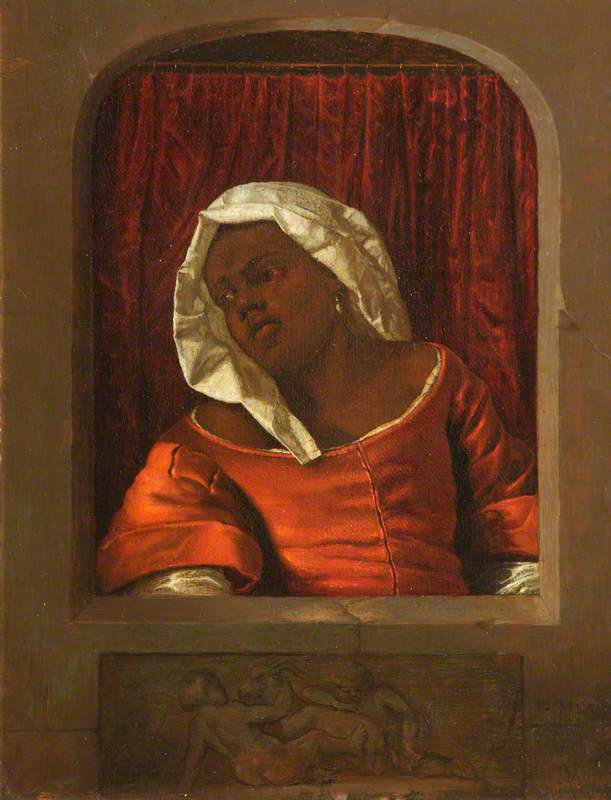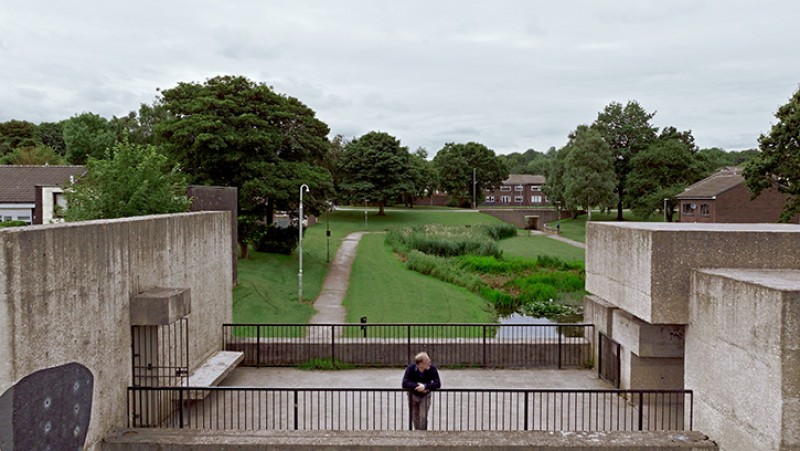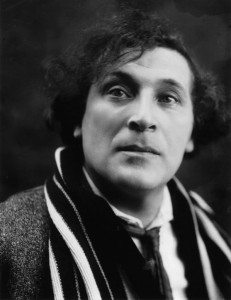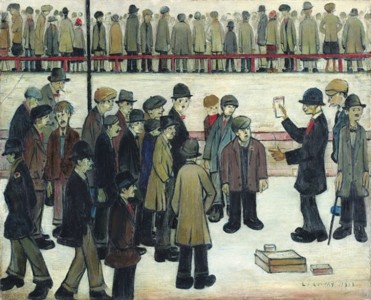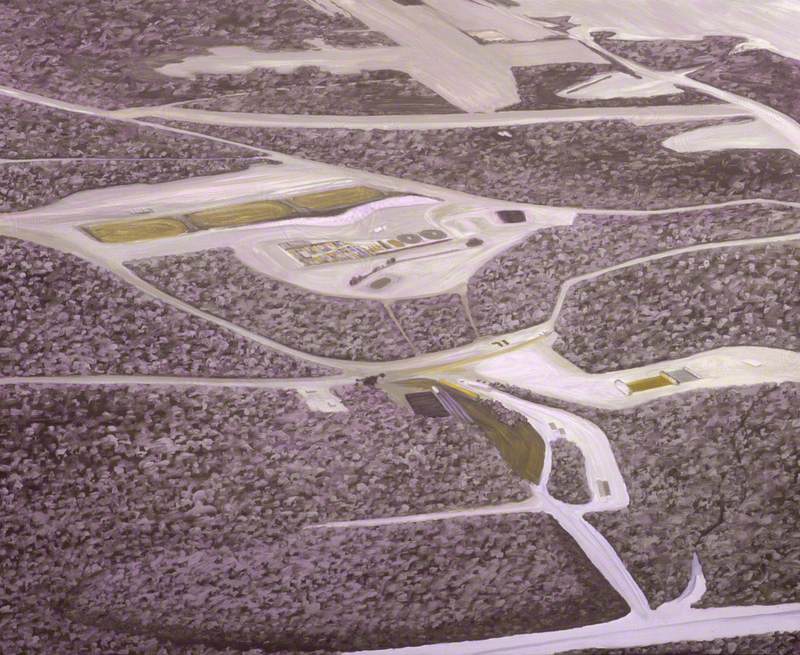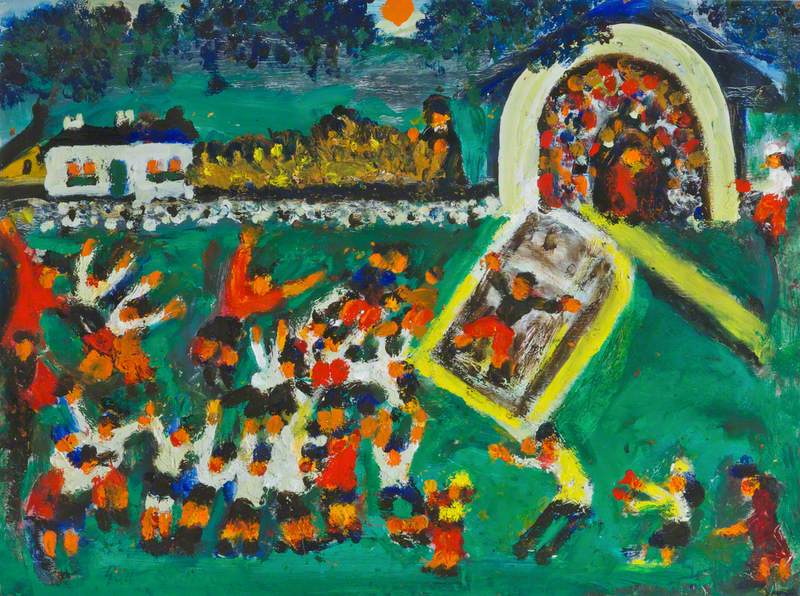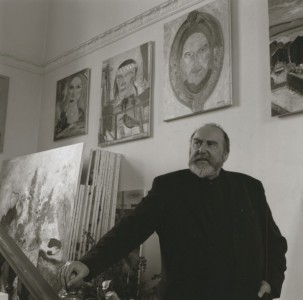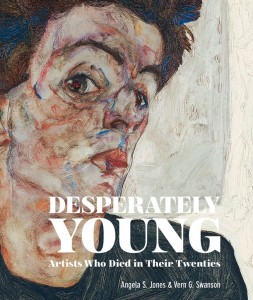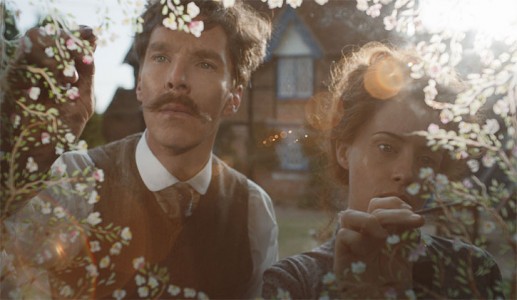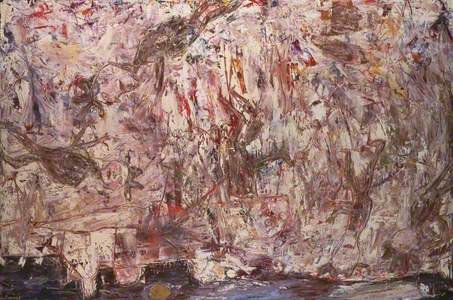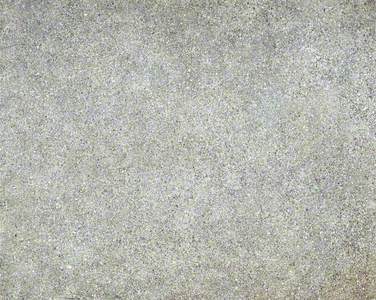A master of 'Outsider Art' or 'Art Brut', the French artist Jean Dubuffet (1901–1985) was one of the most provocative artists of the twentieth century, who subverted conventional notions of beauty.
In anticipation of the Barbican's exhibition 'Jean Dubuffet: Brutal Beauty' (17th May to 22nd August 2021), curator Eleanor Nairne offers a glimpse into the extraordinary life and vision of the artist.
Born in Le Havre in 1901 to a wealthy family of wine merchants (a trade that he himself would later join), Dubuffet did not take a conventional path to become an artist. As a child, he created a museum in a wardrobe, where he displayed a strange assortment of objects: refuse from ships, beetles, exotic nuts, minerals and fossils.
He moved to the Latin Quarter in Paris in 1918, studying for six months at the Académie Julian before realising that 'chasing girls, wearing black hats and our hair long' – though a badge of artistic honour – was not much of an education. He was doing his military service at the National Meteorological Office in the Eiffel Tower in 1923 when he came across drawings by the fantastical psychic Clémentine Ripoche. He subsequently visited her on the outskirts of Paris, where he admired a number of her sketchbooks.
Telephone Torment (Le supplice du téléphone)
1944, lithograph by Jean Dubuffet (1901–1985) 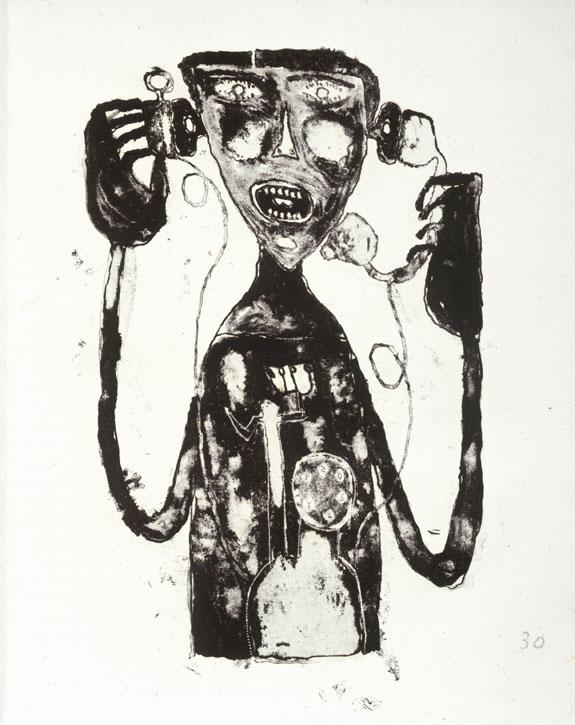
Dubuffet had recently discovered a book that would affect his entire artistic outlook: Hans Prinzhorn's Artistry of the Mentally Ill (1922). The German text may have been unintelligible to him, but the illustrations confirmed his sense that 'millions of possibilities of expression exist outside of the accepted cultural avenues'.
By the time he handed over his wine business in 1942 to devote himself wholeheartedly to being an artist, Dubuffet was 41 (his imagery may have been infantile but he was never young enough to be an enfant terrible). He established a studio on the rue Lhomond in Paris and gave himself a 'carte blanche' to work with great freedom and speed, 'experimenting in all directions'.
D'hôtel
1947, oil on canvas by Jean Dubuffet (1901–1985) 
The ravages of war had undermined any claim to a civilised aesthetic and amplified the feeling – for Dubuffet and an increasing number of others – that easel painting was a sterile academic language unable to articulate the texture of everyday life.
Alberto Giacometti, who was born the same year as Dubuffet, was watching a flickering newsreel in a cinema in Montparnasse in 1945 when he realised that 'my vision of reality was poles apart from the supposed objectivity of a film. Everything appeared different to me, entirely new, fascinating, transformed... I trembled with terror as never before in my life and a cold sweat ran down my back.'
In a letter of September 1940, Dubuffet likewise spoke of a newfound clarity: 'people are bewildered and weary; not me; on the contrary, I am extremely interested. I find our circumstance fascinating. Exhilarating.'
From 1943 he worked with vibrant colour and energetic subjects: passengers squeezed together on the Métro, dense line-ups of jazz musicians. These were politically provocative images: the underground railway in Paris was where the Resistance staged their first armed assault on the German occupiers, while jazz was outlawed under the Occupation as 'Negermusik'.
Dubuffet's childlike rendering (and his rejection of perspective in favour of a more naïve front-on view) was also subversive, in direct opposition to the Nazi promotion of heroic realism. He may not have been a signed-up member of the Resistance, but for Dubuffet, to state that he wanted to reject 'the smell of aesthetics' was more than just an attack on the history of la belle peinture: he was proudly self-identifying as 'degenerate'.
In October 1944, the new works were featured in his first solo exhibition at Galerie René Drouin on the Place Vendôme. Paulhan wrote a catalogue text in the form of a letter to the artist in which he delighted in the carnivalesque spirit of 'paintings [that] were not at all a ministry, nor a theorem, but a sort of rejoicing, something like a public celebration, a big farce'. The public reacted with a mixture of outrage and delight: in a letter of 1st November, Dubuffet reported to Paulhan on a hostile demonstration at the gallery of about fifty people.
Dubuffet also drew inspiration from the graffitied walls of Paris – mute witnesses to the recent past, pockmarked with bullet holes and inscriptions. The mur, or wall (a wonderfully drab word in both French and English), epitomises his interest in carving out something beautiful and base from the seemingly mundane. As the Hungarian émigré photographer Brassaï wrote: 'The wall gives its voice to that part of us which, without it, would be condemned to silence.'
« There's nothing more surreal than reality itself. » #Brassai#ExpoBrassai #BrassaiGraffitihttps://t.co/iHuRVdO3b0 pic.twitter.com/pMcngxEKYG
— Centre Pompidou (@CentrePompidou) November 23, 2016
Dubuffet had greatly admired Brassaï's photography of Parisian graffiti, published by the Surrealist-leaning magazine Minotaure in 1933, and the two met for the first time around 1945.
Graffiti had been gaining currency in French avant-garde circles, especially after September 1940, when a group of schoolboys and a dog called Robot stumbled upon the Lascaux caves, which were covered in over 2,000 painted and engraved images from the Palaeolithic period.
Dubuffet was asked by the poet Eugène Guillevic if he might illustrate a collection of poems about walls – 'they flirt with the air / for some distraction' – and he responded in 1945 with a series of lithographs capturing the violence and urgency inherent in the primal urge to graffiti.
Paris-Montparnasse
5th–21st March 1961, oil on canvas by Jean Dubuffet (1901–1985) 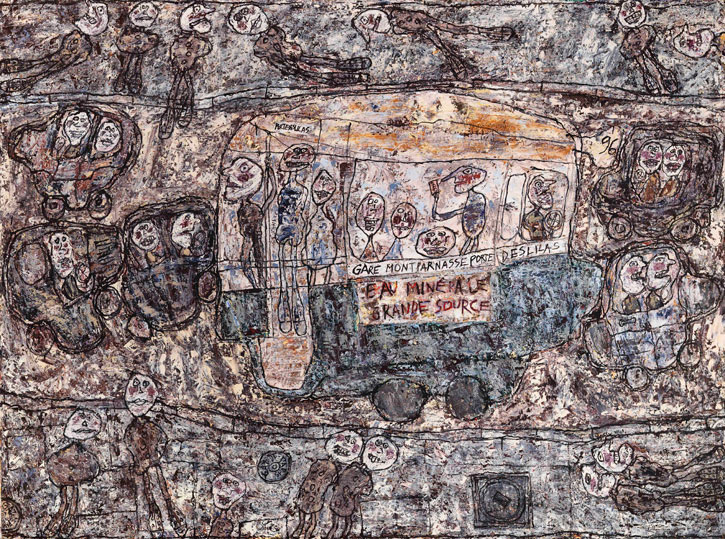
Dubuffet pushed his experiment with brutal beauty to its most controversial edge with his series 'Ladies' Bodies' ('Corps de dames'), which he began in April 1950. Each is dominated by an amorphous female body, splayed naked on the canvas. The colour palette of bruised pinks, purples and reds suggests fluids coursing through a landscape of flesh, with heads, arms, breasts and buttocks hastily scratched into the surface.
By titling them ladies (dames) rather than women (femmes), Dubuffet implies both the stately and the indecent. In French, 'dame' is the polite form of address for a woman, and the queen in a pack of cards or game of chess, but it is also used to refer to a kept woman ('dame entretenue') or a prostitute. French women only gained the right to vote in 1944, the same year that those who were accused of 'horizontal collaboration' (it is perhaps telling that Dubuffet painted these images directly on the floor) endured the public humiliation of head-shaving.
What did all of this mean for the dignity – sanctity, even – of the art historical tradition of the female nude? Dubuffet was explicit that the violence of his imagery was not intended at women but at the 'specious notion of beauty' as established by ancient Greek statuary and perpetuated by glossy magazines, which must have felt sharply ironic in the contemporary context.
'It pleases me to protest against this aesthetic, which I find miserable and most depressing', he explained; 'Surely I aim for a beauty, but not that one.' In this essay, published a year after the first exhibition of the 'Ladies' Bodies' at Pierre Matisse Gallery in New York in 1951, Dubuffet reminds us that his shock tactics were not just intended to rupture a stale past or to express his disdain for politically mired aesthetic ideals. He wanted to defamiliarise the ordinary – a face, a landscape, a body – and encourage the viewer to appreciate the extravagant strangeness of everyday life.
Wall and Opinions (Murs et avis)
January–March 1945, oil on canvas by Jean Dubuffet (1901–1985) 
In his 'Rough Draft for a Popular Lecture on Painting' from 1945 he wrote of this feeling of alienation: 'Anyone coming from a faraway country with totally different customs would find it very funny to watch us grinding our coffee... So many of our little habitual actions... if we look at them from a completely new angle... suddenly appear so peculiar, and so poignant.'
Jean Dubuffet in Vence
1959, photograph by John Craven (1912–1981) 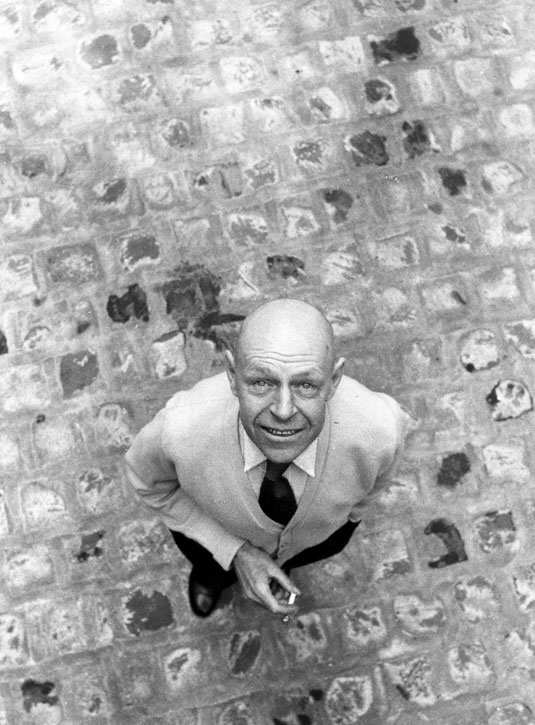
Dubuffet was a tourist with a taste for estrangement, seeking out the unfamiliar in order to see the world with fresh eyes: 'I rush towards strange things. I am quite convinced that truth is strange.'
The challenge he laid down to traditional perceptions of beauty was a challenge to the very way in which western civilisation constructs and perpetuates culture ('old poppycock', as he liked to call it). He devoted himself to Art Brut because he found in the work of these marginalised artists the same vibrant spirit that animated his own: the visceral immediacy of earth and flesh; the desire to make gravel galactic.
'People have seen that I intend to sweep away everything we have been taught to consider – without questions – as grace and beauty,' he reflected, 'but [they] have overlooked my [efforts] to substitute another and vaster beauty, touching all objects and beings, not excluding the most despised – and, because of that, all the more exhilarating.'
Jean Dubuffet in Paris, France
1972, photograph by Francis Chaverou 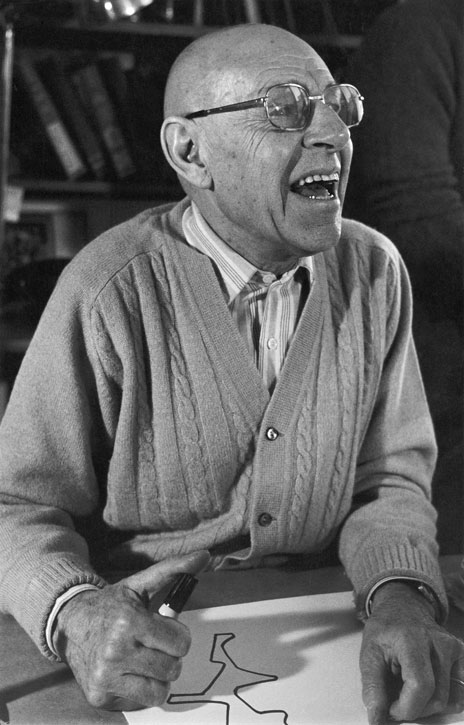
Dubuffet's beauty rejects the perfumed pretensions of the Academy and acknowledges, with brute force, our fundamental precariousness – that we are all just matter, like mud or the Milky Way.
Eleanor Nairne, curator of 'Jean Dubuffet: Brutal Beauty' at the Barbican Centre (17th May to 22nd August 2021)
A version of this text was originally published in the exhibition catalogue Jean Dubuffet: Brutal Beauty
